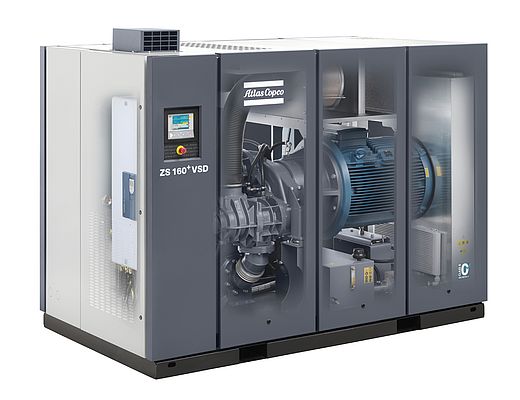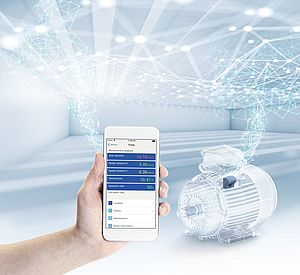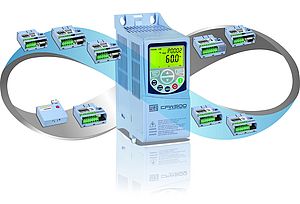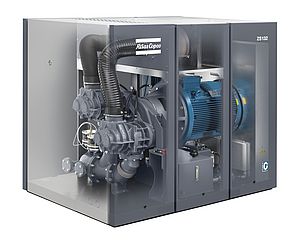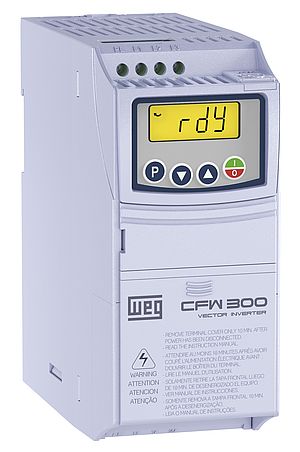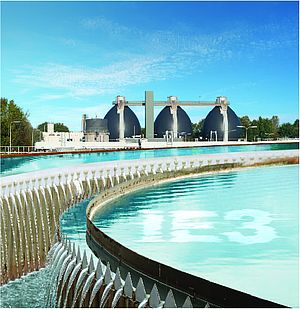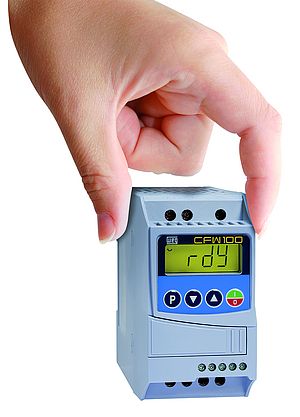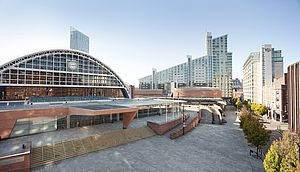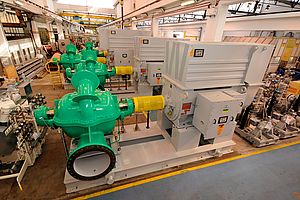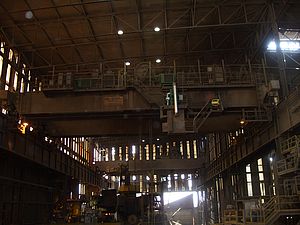Complying with EU standards is one of the key challenges that wastewater treatment plants face. For this reason, more and more water treatment facilities across Europe are investing in ambitious optimisation projects aimed at enhancing energy efficiency and productivity. One example of this is the new wastewater plant that serves the city of Lille, France. To maximise the new facility’s efficiency, Veolia Water Solutions & Technologies turned to Atlas Copco’s blowers equipped with WEG’s state-of-the-art motors and drives.
Built in 1969, Lille’s existing wastewater plant needed modernising to improve productivity and comply with EU legislation, particularly on phosphorus and nitrogen waste. Thus, a new development plan was put in place by OTV (a subsidiary of Veolia Water Solutions & Technologies) and a new water treatment plant with capacity for a population of 620,000 people was built in Marquette-lez-Lille.
Lille’s new facility comprises two separate treatment trains, one for wastewater (2.8 m³/s) and one for stormwater (5.3 m³/s). Stormwater is treated through an Actiflo® patented flocculation process, and wastewater undergoes three separate treatment processes. Firstly, it enters a Multiflo® facility where suspended solids are removed. Secondly, the water is treated using hybrid technology, Hybas®, a biological treatment that combines an activated sludge process and AnoxKaldnes MBBR (Moving Bed Biofilm Reactor) treatment. Finally, the water is purified further by Hydrotech Discfilters.
To ensure the smooth running of this state-of-the-art facility while enhancing its efficiency and productivity, OTV chose to equip each basin with Atlas Copco’s ZS Premium compressors driven by WEG’s high efficiency W22 electric motors and CFW11M variable speed drives adapted to suit the customer’s needs.
The W22 motors offer 355 kW of power and the modular variable speed drives are made from 400-kW power modules. When combined, variable speed drives of up to 2MW can be achieved, which is essential to control the Lille plants’ powerful and rapidly changing flow. By using a special transformer, WEG was also able to connect 12-pulse variable speed drives, resulting in less harmonic interference and thus higher energy efficiency. "This enables the plant to control the flow over a broad range - from 2,700 Nm³/h to 23,000 Nm³/h - at an excellent and relatively constant level of efficiency," explains Patrick Binjamin of Atlas Copco.
W22 motors and CFW11 drives are specifically designed for a wide range of water and industrial applications. In particular, they are a great fit for a variety of blowers which are commonly used in wastewater treatment plants, the food processing industry, the drinks industry and in chemical processes.
“Available in IE3 and IE4 energy efficiency versions, W22 three-phase motors offer significant energy savings, improved productivity, longer life span and reduced maintenance costs,” says Werner Joosens at WEG.
Thanks to Atlas Copco and WEG’s technological support, Veolia Water Solutions & Technologies has succeeded in developing a new wastewater treatment plant that is fully compliant with EU standards while offering clear benefits in terms of efficiency and productivity.
"To begin with, it can treat more water during peak periods, which facilitates network management,” comments Armel Bezu, Veolia's maintenance manager at the new wastewater treatment plant. “Secondly, the quality of the water in the Marque (the canal into which the water is discharged) has significantly improved and the quantity of sludge drastically decreased. As a result, the ecological footprint is now smaller, and, last but not least, this plant can also produce electricity through a combined heat and power plant."


